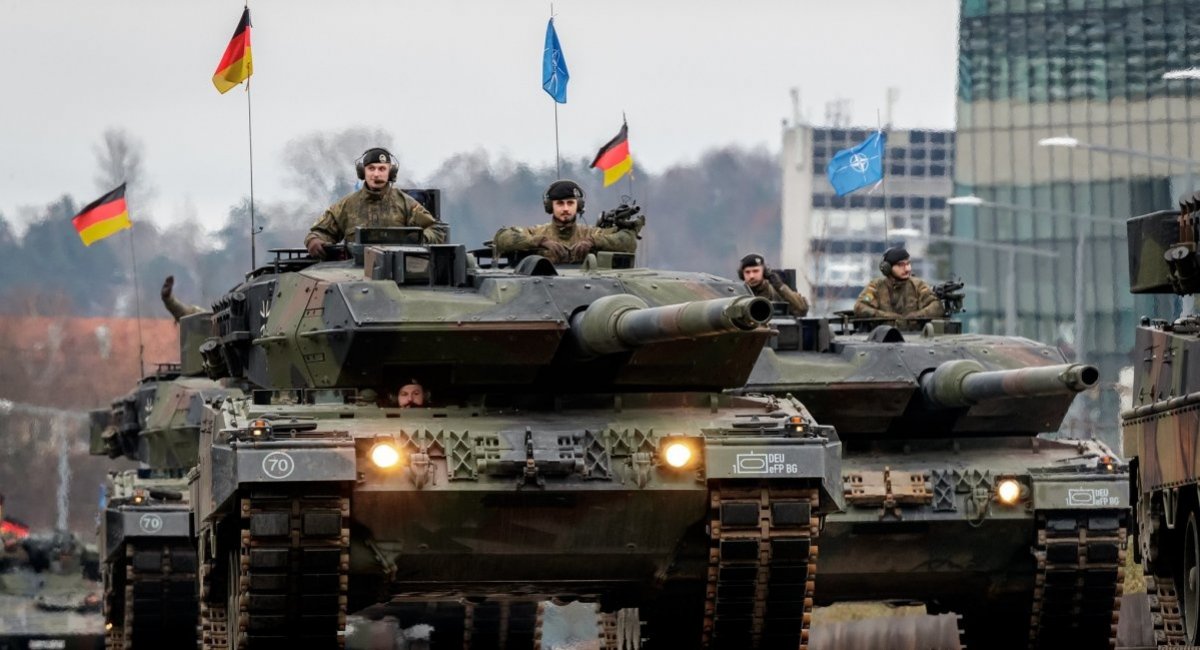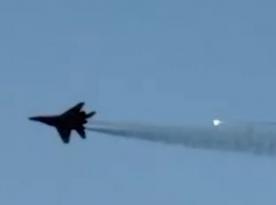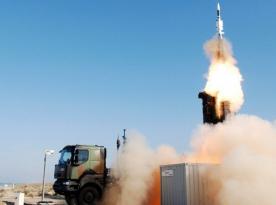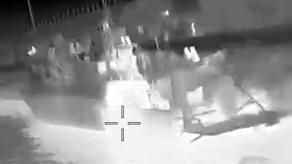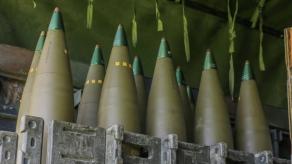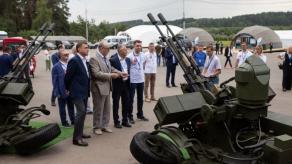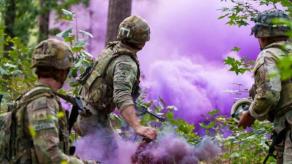NATO must significantly bolster its defense capabilities, expanding its combat brigades from 82 to 131 and increasing its corps and divisions from 24 to 38. These are the minimum requirements deemed "absolutely necessary" to ensure the alliance is prepared to defend its territory.
This is what's prescribed in the Minimum Capability Requirements document, crafted by NATO's highest-ranking commanders — Christopher G. Cavoli, Supreme Allied Commander Europe, and Pierre Vandier, Supreme Allied Commander Transformation. The document, presented to the Allies in spring 2024, was obtained by Welt journalists.
Read more: US Military Analysts Do Little to No Study of Ukraine War, And They Have Reasons

In addition to the general increasing the number of units, NATO need to rebuild its ground-based air defense nearly from scratch. The number of ground air defense units must rise from 293 to 1,467, and helicopter units to increase from 90 to 104. The plan also outlines the urgent need to strengthen logistics, transportation, and other critical operational capacities.
Defense Express notes that the sheer scale of these requirements highlights the extent to which NATO members have turned collective security into collective irresponsibility. Overall, the plan calls for a 1.5-fold increase in NATO's forces.
Breaking this down reveals the enormity of the challenge. The addition of 49 ground brigades, each comprising roughly 5,000 troops, means NATO would need to not only recruit an additional 245,000 soldiers but also equip them.
For comparison, the entire German Army (Heer) of the Bundeswehr totals 62,000 personnel. To meet this requirement, NATO essentially needs the equivalent of four more German armies. Similarly, the entire French Armed Forces have 114,000 personnel, and the U.S. Army consists of approximately 453,000 troops, to illustrate the scale.
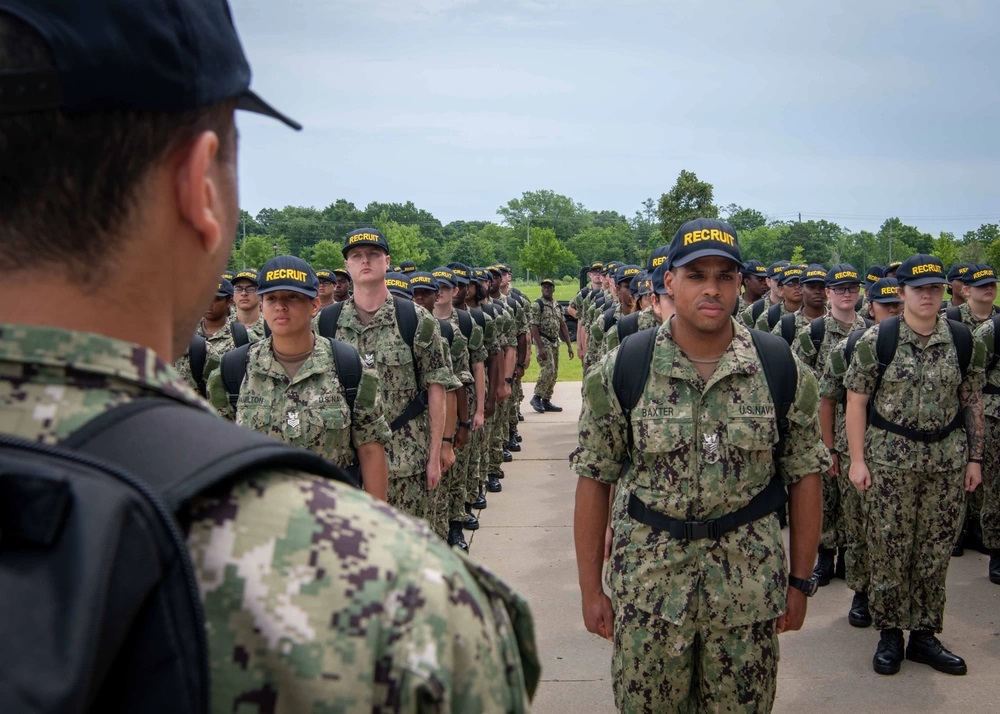
Then there’s the matter of equipment. Using Germany’s army as a reference point, outfitting this new NATO force would require around 1,200 tanks, 2,700 infantry fighting vehicles (IFVs), over 3,000 armored personnel carriers (APCs), and 900 large-caliber artillery systems. By American standards, the demand would look similar: 1,300 tanks, 2,300 IFVs, 5,000 APCs, and 1,200 gun and rocket artillery systems.
On top of all that, the top NATO commanders say it's important to reinforce the ground-based component of air defense, which was the first to be cut down in numbers since the end of the Cold War.
Especially in Europe, the decline was stark: the United Kingdom, for example, relied on 50-year-old Rapier systems, which had a modest 8 km range, as its sole air defense capability between the end of the Cold War and 2021.
Similarly, Germany decommissioned all its medium-range air defense systems in 2005, opting to spend 1.23 billion euros and over five years developing the NNbS system, whose first prototype isn’t expected until 2028.
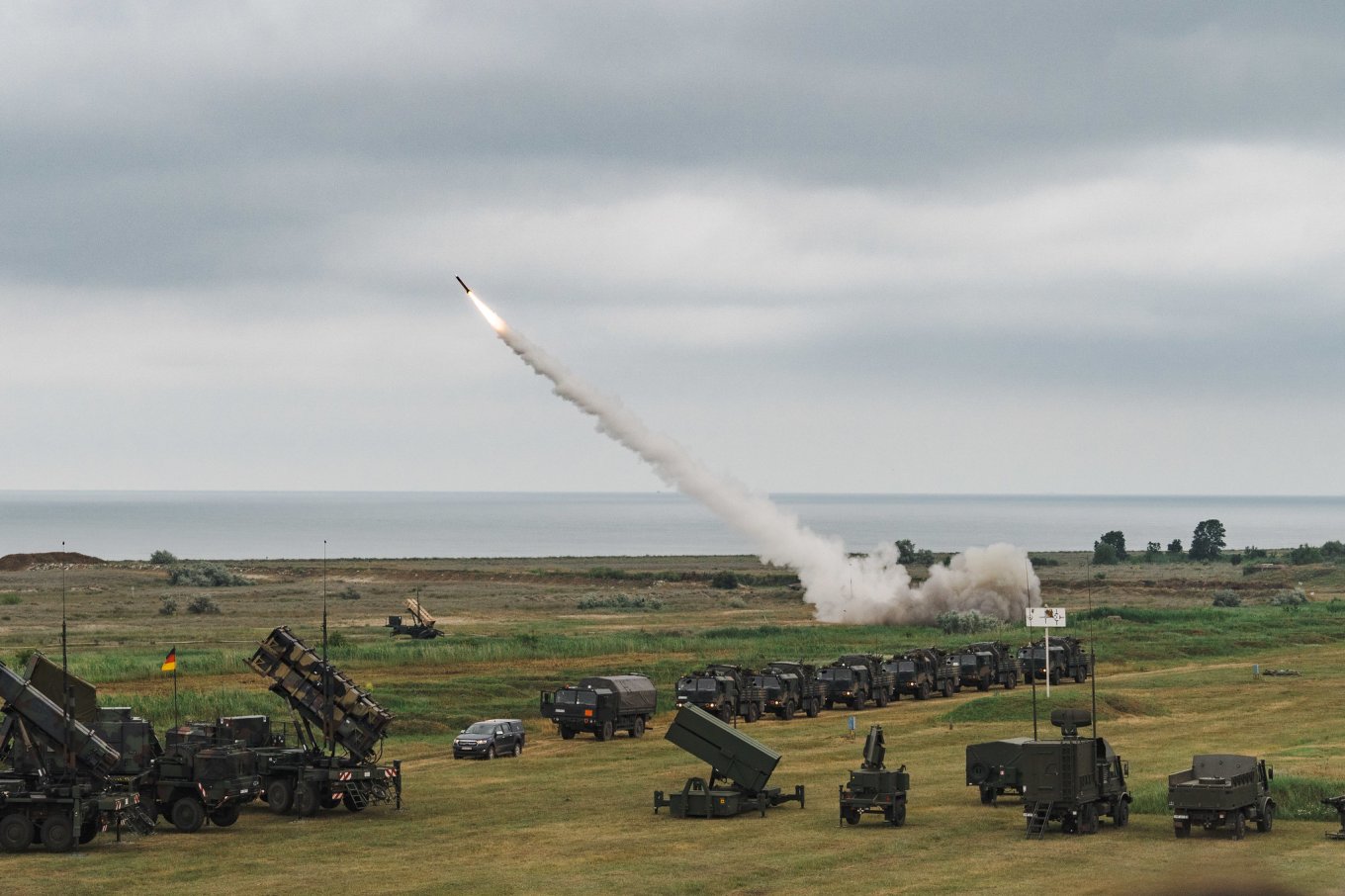
All these measures will take an astronomical amount of money. The authors of the NATO plan explicitly state that "significant additional financial resources" will be required, far surpassing the current minimal 2% GDP defense spending benchmark. But time is just as critical a factor, as Europe watches russia grow stronger and more prepared for potential new war by the day.
Read more: russian Forces Deploy Extensive Air Defense Systems Near the Kerch Bridge



